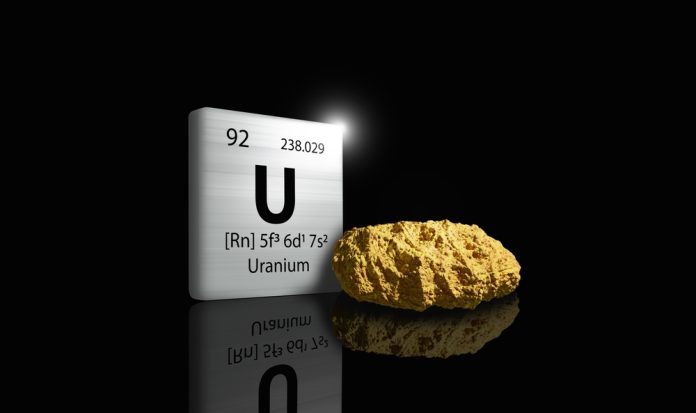As the world races to decarbonise and secure its energy future, nuclear power is experiencing a powerful resurgence – and uranium is at the heart of this transformation.
With over 30 countries pledging to triple nuclear capacity by 2050, demand for uranium is set to soar.
A newly released report, Uranium – Resources, Production and Demand 2024, also known as the ‘Red Book,’ reveals that the world possesses sufficient uranium resources to support both the current use and dramatic expansion of nuclear power through the mid-century.
However, timely and strategic investment is vital to transform this potential into an accessible supply.
Why uranium matters
At its core, the importance of uranium lies in its role as the primary fuel for nuclear reactors.
As countries around the world strive to cut carbon emissions, nuclear power offers a compelling solution: it provides consistent, large-scale electricity with near-zero greenhouse gas emissions.
Unlike intermittent renewables such as solar and wind, nuclear energy delivers baseload power – ensuring grid stability and energy security.
In a world moving toward electrification and net-zero targets, the strategic development of uranium resources is essential. Without them, ambitions to expand nuclear energy and meet climate goals could be at risk.
A global snapshot of uranium supply
Jointly published by the OECD Nuclear Energy Agency (NEA) and the International Atomic Energy Agency (IAEA), the Red Book remains the industry’s most comprehensive reference on uranium resources, production trends, and market dynamics.
Covering the years 2021 and 2022, this edition compiles government-verified data from 62 countries, highlighting exploration activities, national policies, mine development plans, and regulatory frameworks.
As of January 1, 2023, global identified recoverable uranium resources stood at 7.93 million tonnes. These estimates reflect reasonably assured and inferred deposits that can be economically extracted at prices between $40 and $260 per kilogram of uranium.
Despite market uncertainties, this represents a slight increase from the previous report, suggesting stability in resource availability.
Rising investment signals market recovery
Following a period of stagnation, the uranium sector is witnessing renewed momentum. Exploration and mine development expenditures surged to $800m in 2022, with preliminary data suggesting a further rise to $840m in 2023.
This rebound is partly driven by a sustained rise in uranium spot prices since 2021 and strong international policy commitments.
Still, new mining and processing infrastructure must be established to ensure supply keeps pace with projected demand.
The lead times involved – due to regulatory complexities, geopolitical uncertainties, and technical challenges – underscore the urgency of acting now.
Securing the future of uranium resources
The Red Book projects multiple growth trajectories for nuclear energy through 2050. Encouragingly, uranium resources are sufficient to meet even the most optimistic scenarios.
Yet, this outcome hinges on one critical factor: investment. Without immediate efforts to expand exploration, improve processing technologies, and bring new mines online, shortfalls could arise in the medium term.
Production trends are moving in the right direction. Between 2020 and 2022, global uranium output rose by 4%, and further growth is expected.
Still, new production centres often face delays due to cautious investment climates and stringent permitting processes, particularly in jurisdictions with complex environmental and social considerations.
While the Red Book’s data affirms that the Earth holds enough uranium to power an expanded fleet of nuclear reactors well into the second half of the 21st century, availability is not guaranteed.
Ensuring these uranium resources transition from underground deposits to fuel rods will require proactive investment, regulatory innovation, and international collaboration.









